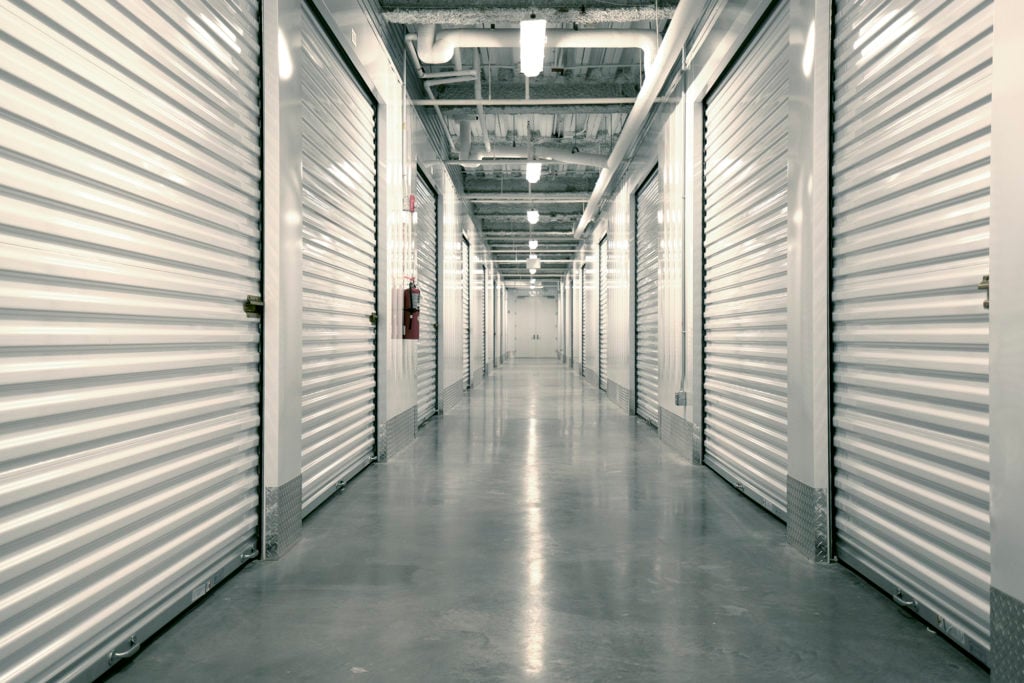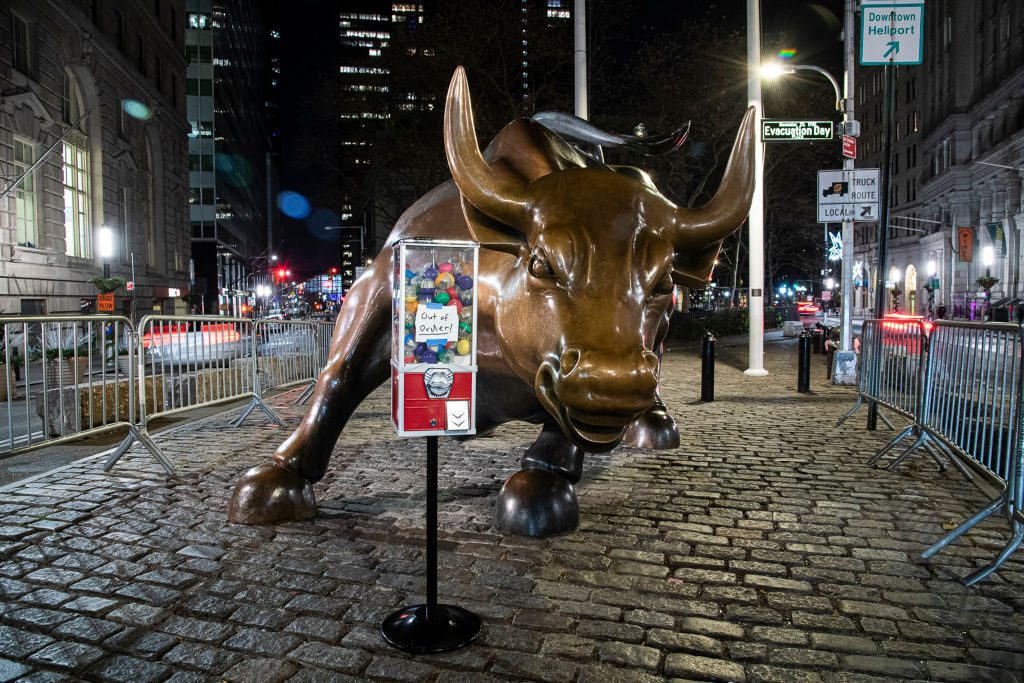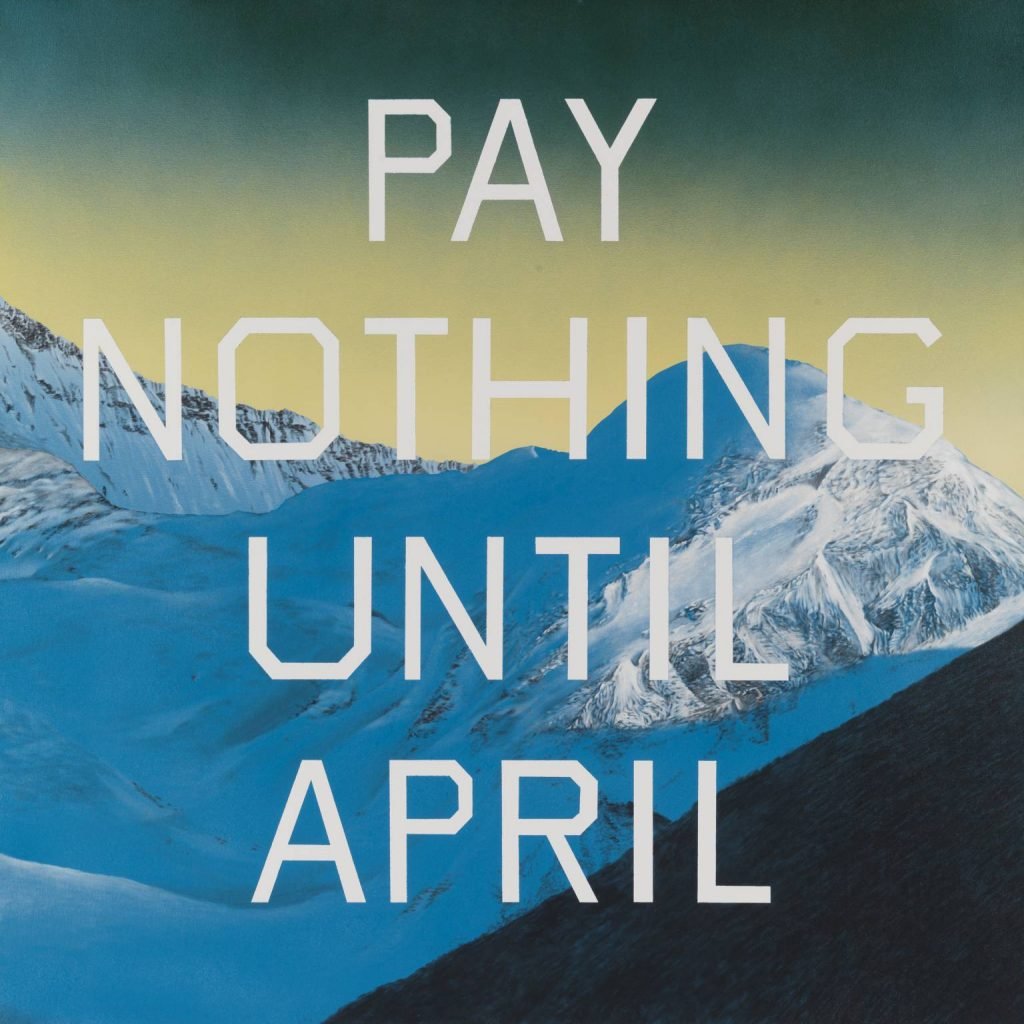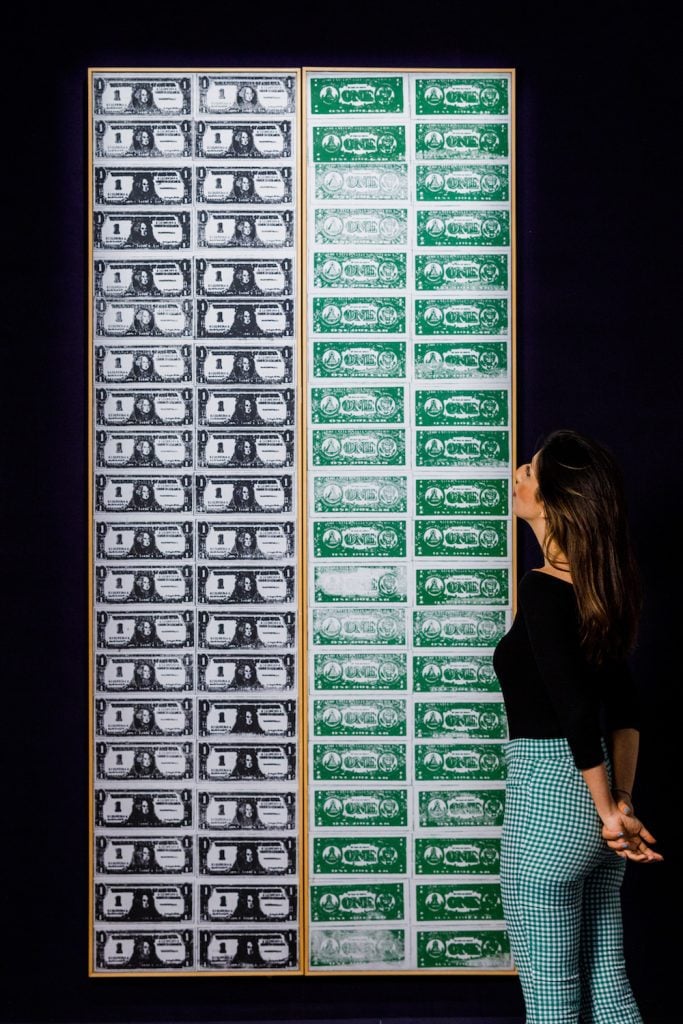The Art Detective is a weekly column by Katya Kazakina for Artnet News Pro that lifts the curtain on what’s really going on in the art market.
In 1974, when inflation in the U.K. was hovering around 30 percent, the British Rail Pension Fund decided to invest up to six percent of its total holdings in art. It was a radical move and the first large-scale institutional investment in art as an asset.
During the next six years, the fund spent more than $70 million on 2,400 objects in categories ranging from Impressionist and Old Master paintings to Chinese porcelain and African tribal art. By the time everything was sold in 1996, the fund had realized an approximately 13 percent annual return, “a respectable, if not spectacular” outcome, the Wall Street Journal reported at the time. (The figure was later adjusted to 11.3 percent IRR, or 4 percent after allowing for inflation.)
High inflation is on people’s minds again. The Consumer Price Index, a key inflation metric, jumped 7.5 percent in January from a year ago, the biggest increase in 40 years. The Federal Reserve is contemplating an interest rate hike. Prices for cars, fuel, and orange juice are up amid pandemic-related supply-chain disruptions and consumers’ pent-up demand.

An interior hallway of the ARCIS freeport in Harlem. Image courtesy of ARCIS ©2018.
What does all this mean for the art market? Do Picassos and Basquiats provide a hedge against inflation? Or should investors move money into other more reliable assets—say, real estate, gold, or even treasury bonds? And will the prices for artworks increase as a result of the growing costs of doing business?
I spoke with advisors, economists, and business owners to get their read on the situation. The takeaway: art is perceived as a strong hedge against inflation. But whether it actually is? The jury is still out.
“That insane market we started to see already in November, a lot of it was a preparation for an increase in inflation, knowing it was coming, preparing for it,” said Anita Heriot, the Fine Art Group’s president of the Americas, referring to the bellwether New York auctions. “People have a lot of liquidity and they need to put it into hard assets.”
She pitches art as “just another bucket” for the wealthy to put their money into. Some wealth managers “never could wrap their minds around it,” Heriot said. “And now even the most conservative wealth advisor will say, ‘Okay, I’m ready for my client to buy art.’” What has changed? “Inflation!” she said.

Artist Nelson Saiers’s “Cheap Money No. 2” sculpture at the Wall Street Bull in response to the U.S. Federal Reserve’s actions and inflation on December 7, 2021 in New York City. (Photo by Eugene Gologursky/Getty Images for Nelson Saiers)
Not All Buyers
Traditional collectors don’t buy art specifically because it’s a hedge against inflation, said Todd Levin, an art advisor in New York. But financially savvy buyers with excess capital are drawn to blue-chip art because it appears to be less volatile than crypto and equities markets. The thinking goes like this: In the worst case scenario, I won’t lose too much, and in the best case, I may actually see a nice return.
“In terms of my clients, they feel art is not a bad place to park a portion—and in some cases a significant portion—of their net worth,” Levin said. “They really enjoy purchasing and living with their art, and feel it’s a win-win proposition. It’s certainly much better than tying a bunch of money in a bag and stapling it to the wall.”
But art is far from bulletproof, which was one of the lessons of the British Rail Pension Fund investment. The fund managers began divesting in 1987 and managed to sell their Impressionist holdings at the peak of a market driven by Japanese investments. Just 25 paintings, including by Renoir, Cézanne, and Monet, tallied $65 million in one evening sale at Sotheby’s in 1989. But when the market crashed, liquidity dried out completely and nothing was sold from 1990 to 1993, according to the WSJ. Furthermore, prints and multiples performed poorly. A group of Old Master prints returned just 2.5 percent a year over 22 years. The S&P 500 was up about 13 percent annually during the same period.
Art also presents significant carrying costs, like storage and insurance, and transaction fees, like auction-house premiums.
“I wouldn’t go out and buy a bunch of art just because I think that it’s going to help the hedge against inflation,” said William Goetzmann, professor of finance and management studies and faculty director of the International Center for Finance at the Yale School of Management. His research has shown that art prices move in tandem with inflation, but it wouldn’t be Goetzmann’s first choice as a financial asset.
“I’m not a big believer in hard assets that don’t pay dividends,” he said. “But real estate, for example, has traditionally been a good inflation hedge because you can charge the rent which would increase with inflation.”
Historical data show that, like other real assets, art hedges against inflation better than cash or bonds do, according to Christophe Spaenjers, associate professor of finance at HEC Paris. “But there’s no evidence that it does particularly well in times of inflation,” he said. Other commodity-like assets, including gold, diamonds, or even stamps (which are easier to store and trade) are more likely to be explicitly used as hedges, he added.

Ed Ruscha, Pay Nothing Until April (2003). © Ed Ruscha, courtesy of Tate.
Rising Prices Are Coming for Art
While the prospect of inflation might spark an immediate wave of demand, the reality may have a negative impact on art businesses and nonprofits.
“I heard from galleries that production costs, supply chain issues coupled with inflation haven’t been great,” said Natasha Degen, chair of Art Market Studies at the Fashion Institute of Technology in New York. “Prices for everything have been increasing.”
Fritz Dietl, who runs one of the biggest art logistics companies, Dietl International, is seeing higher costs of materials and fuel. Freight costs are way up from before the pandemic. The labor market remains tight and there’s a lot of pressure for salaries to increase, he said.
Small things add up as well. Airports now start charging for storage after 24 hours as opposed to three or four days. Cargo-related fees increased from $30 to $200 in some airports, he said.
With air freight still impacted by pandemic-related cuts in travel, prices are doubling every couple of months. A cargo of paintings headed to an exhibition in Shanghai cost $83,000 in August. The return cost was estimated at $240,000. By the time the exhibition closed in November, it increased to $600,000, Dietl said.
Eventually, such costs will trickle down to consumers, resulting in higher prices for art collectors to pay.
“I would expect that art prices would eventually reflect the increased costs associated with rents for galleries and costs of transportation,” Goetzmann said. That means if a painting by a recent MFA graduate cost $10,000 in 2019, you can expect that number to go up—considerably—in the not-too-distant future.
Follow Artnet News on Facebook:
Want to stay ahead of the art world? Subscribe to our newsletter to get the breaking news, eye-opening interviews, and incisive critical takes that drive the conversation forward.








